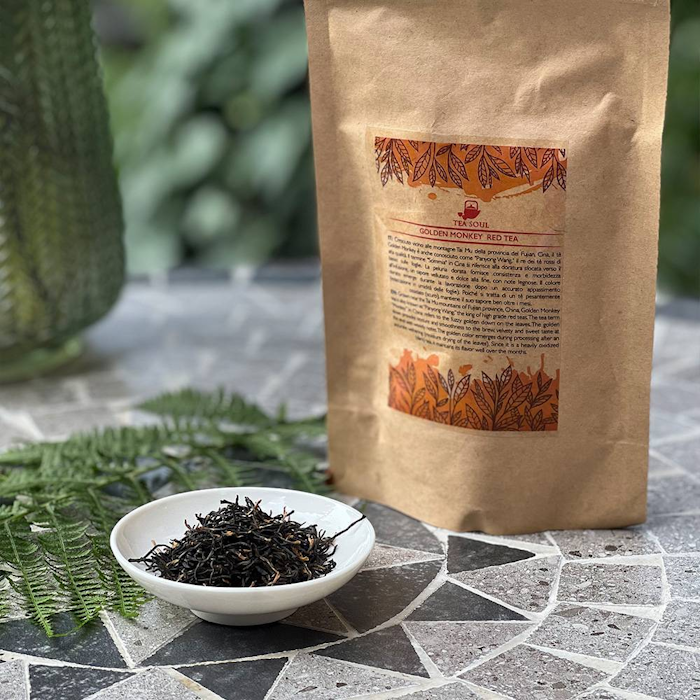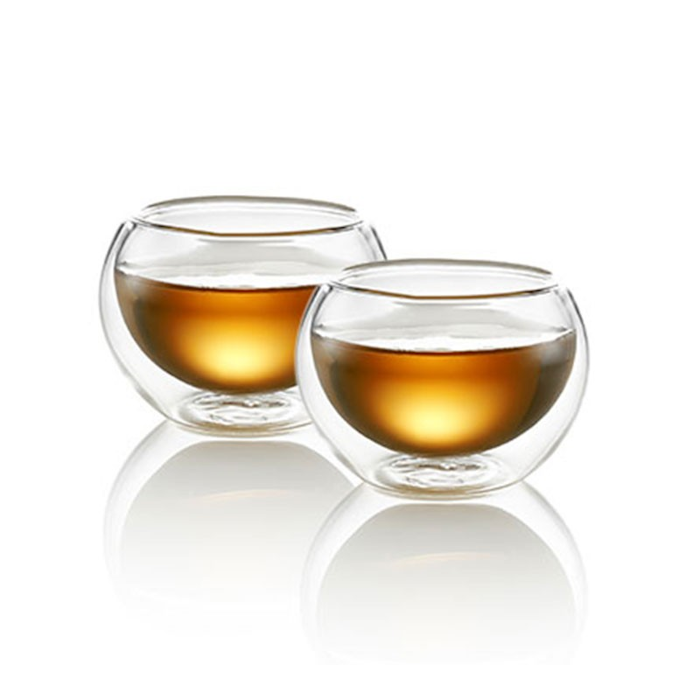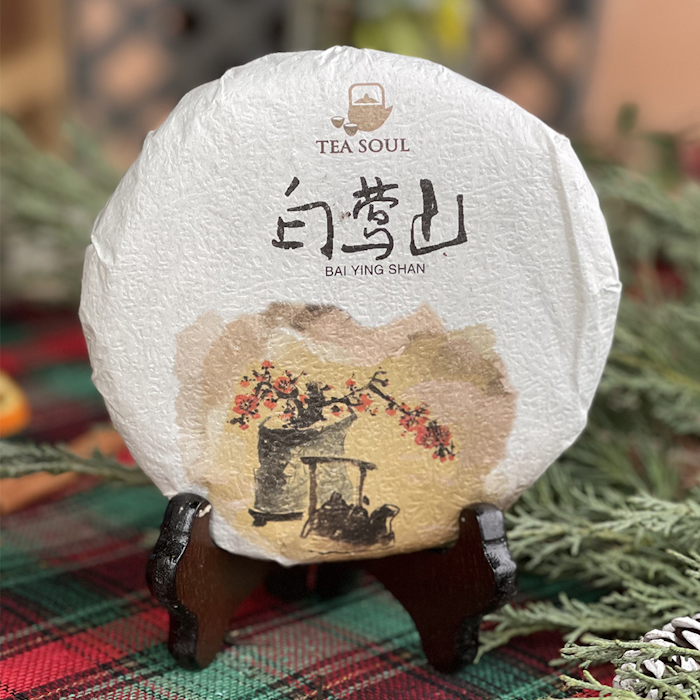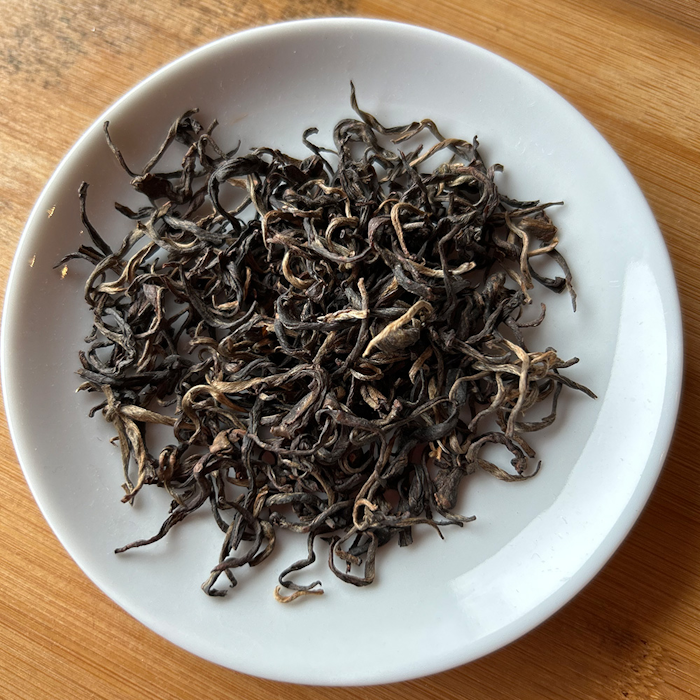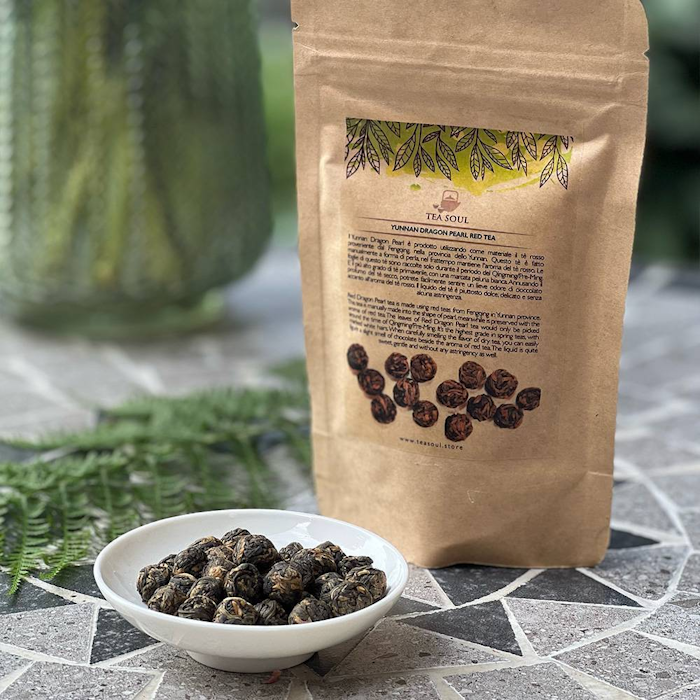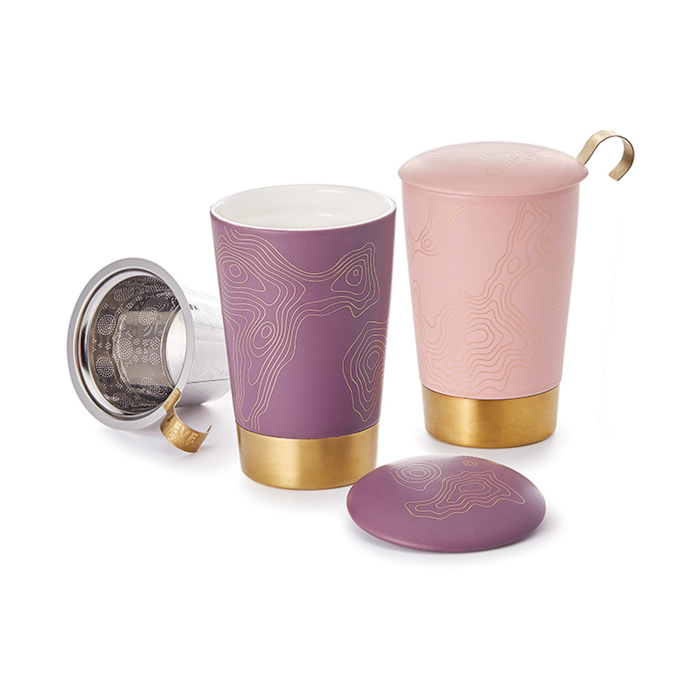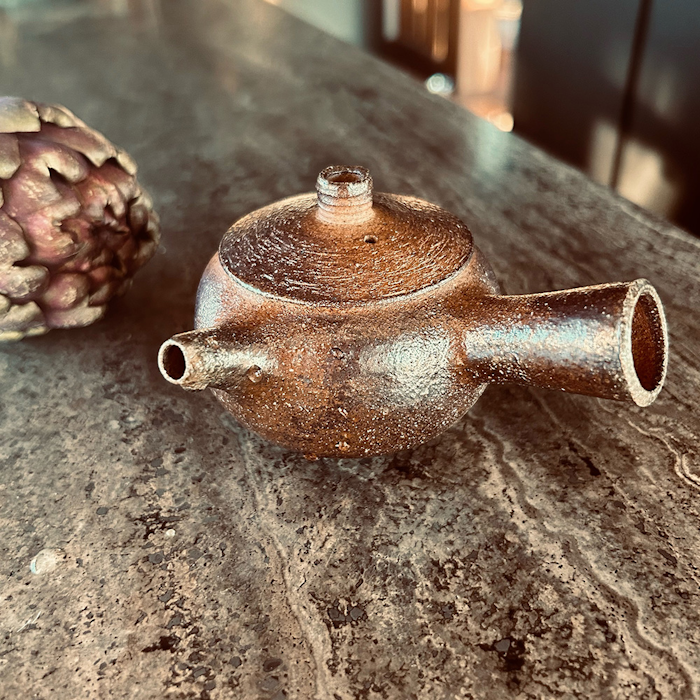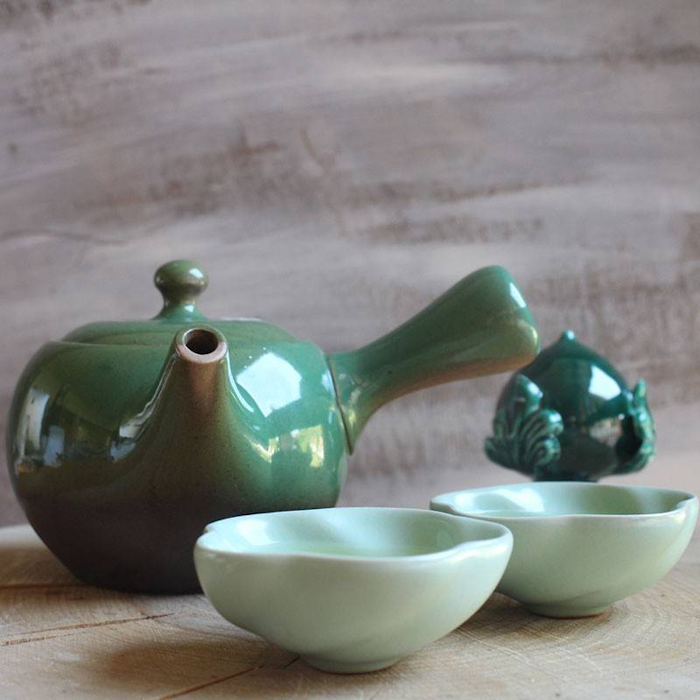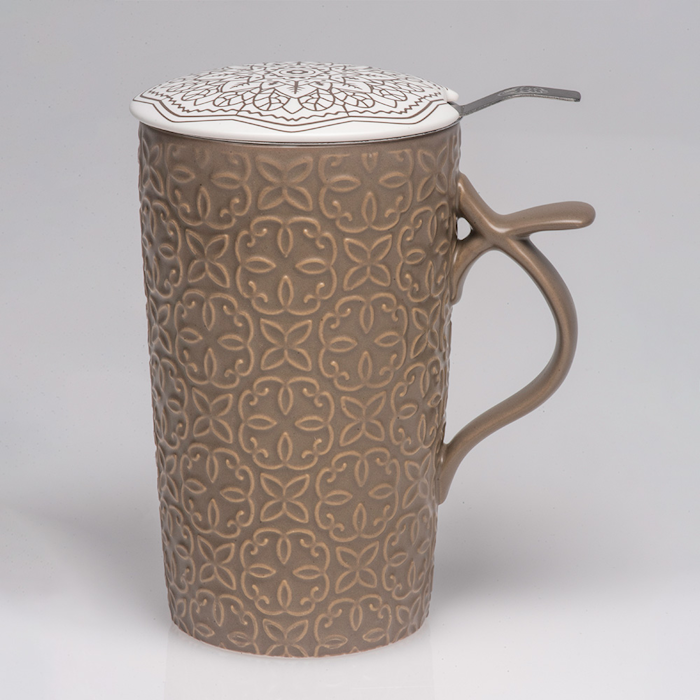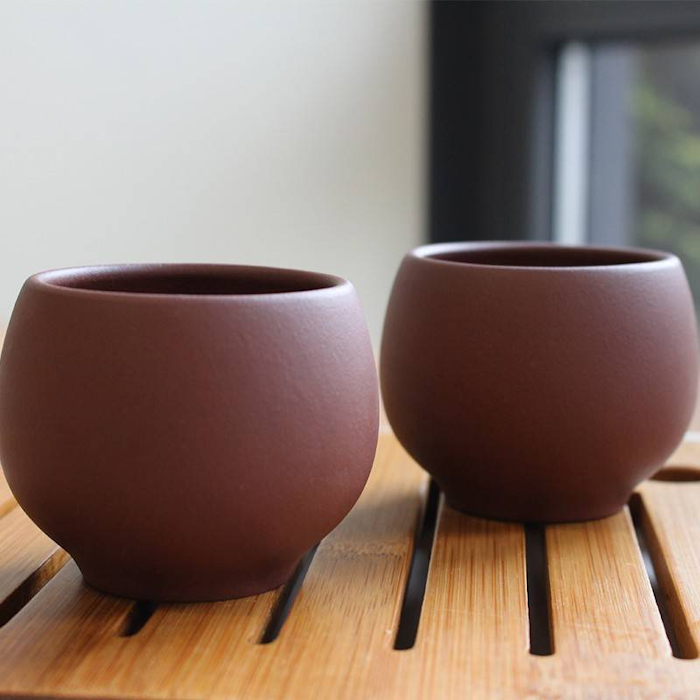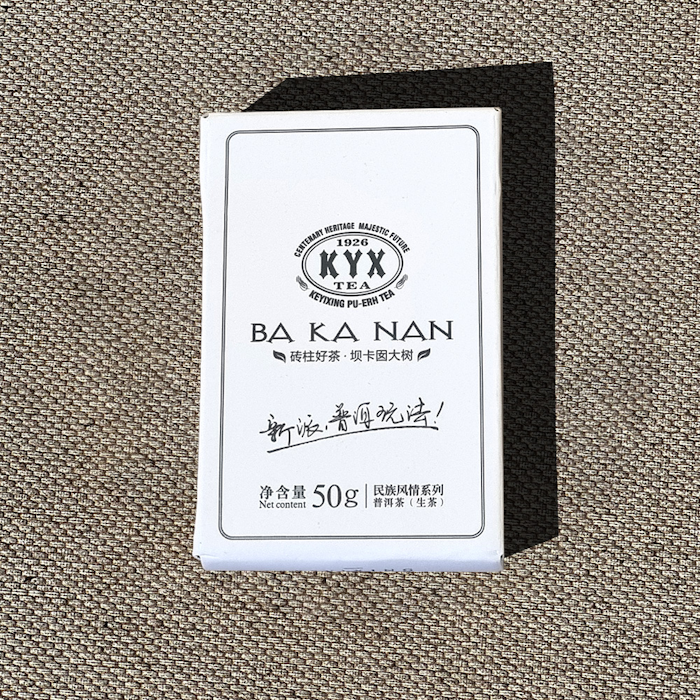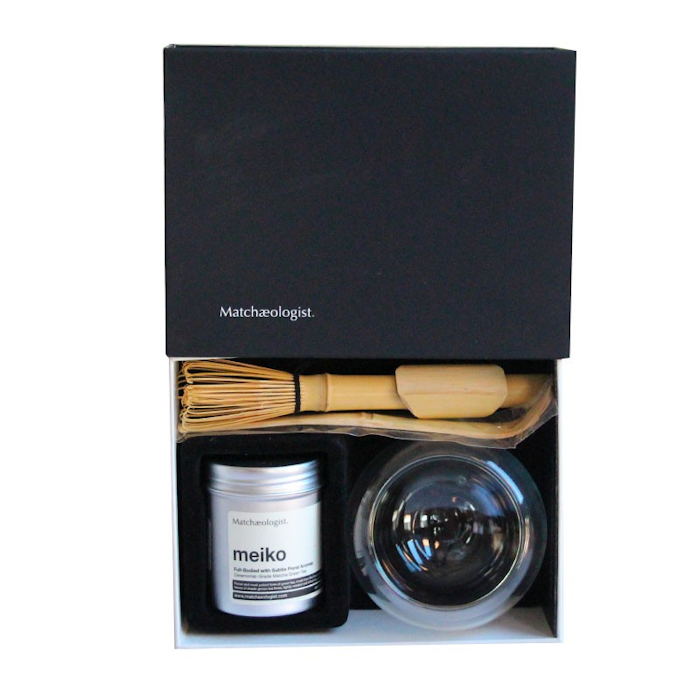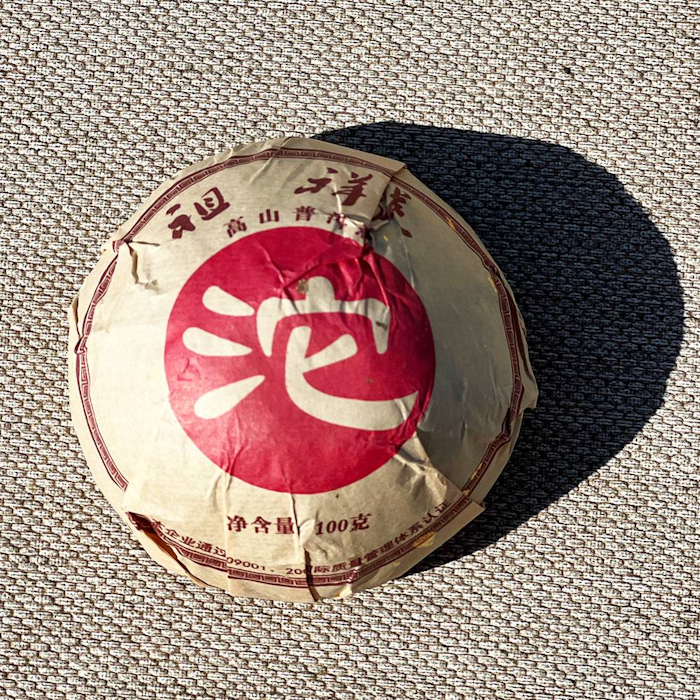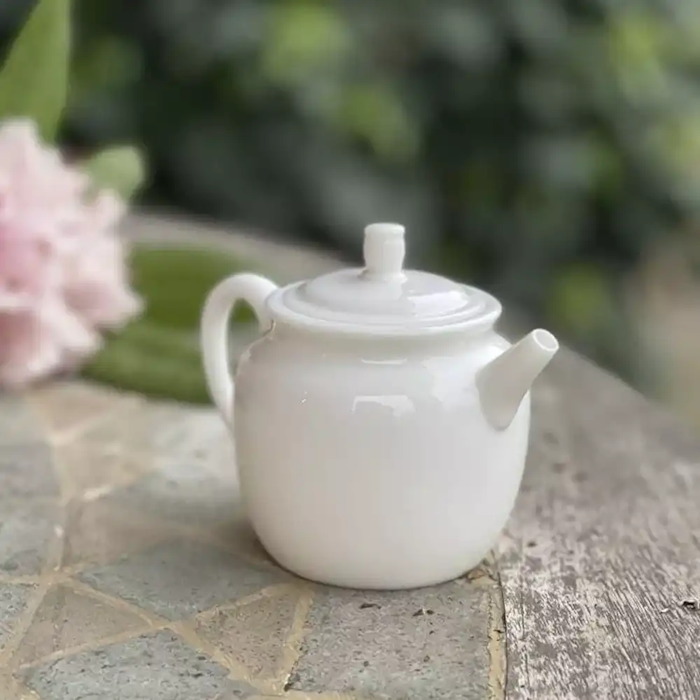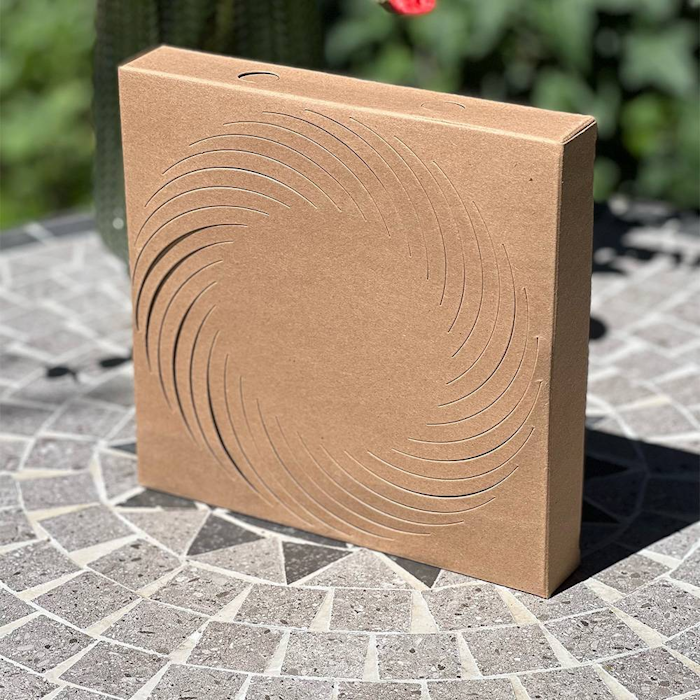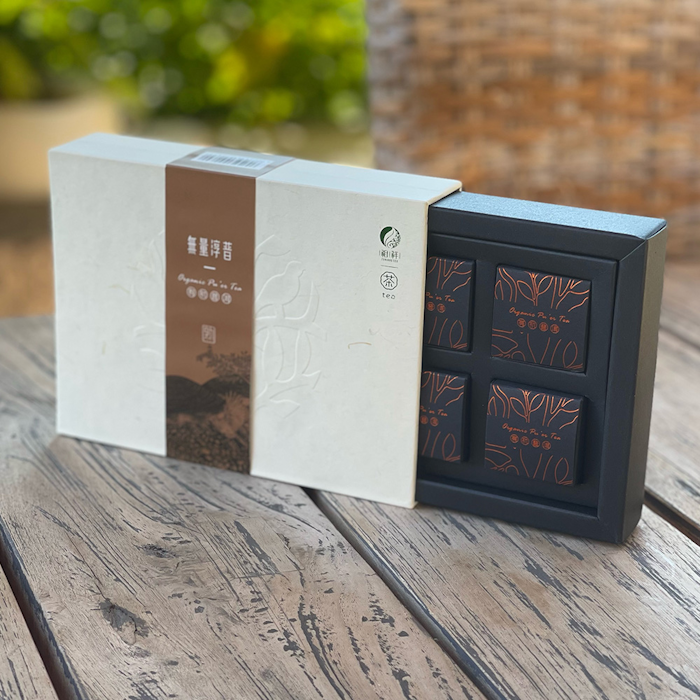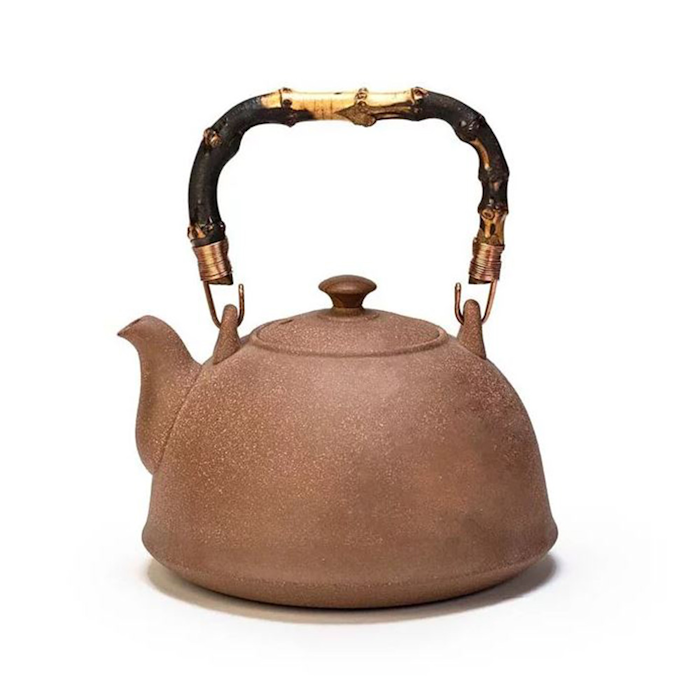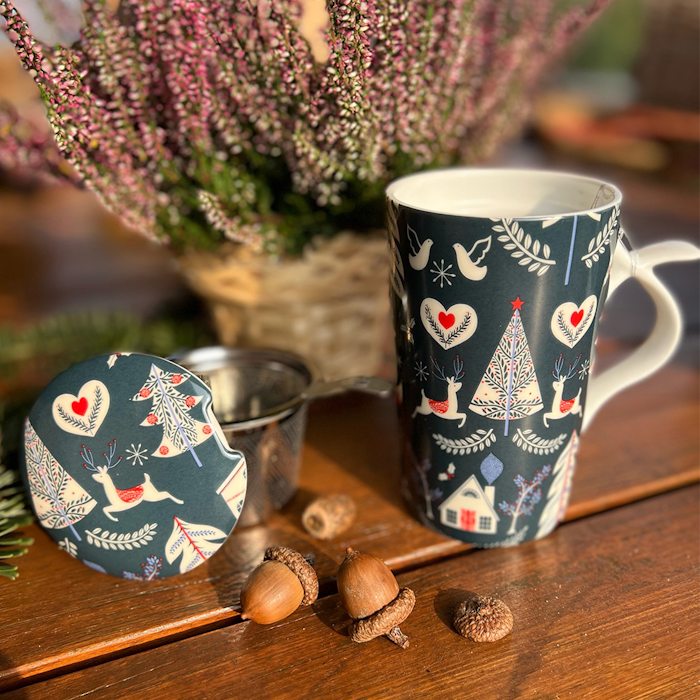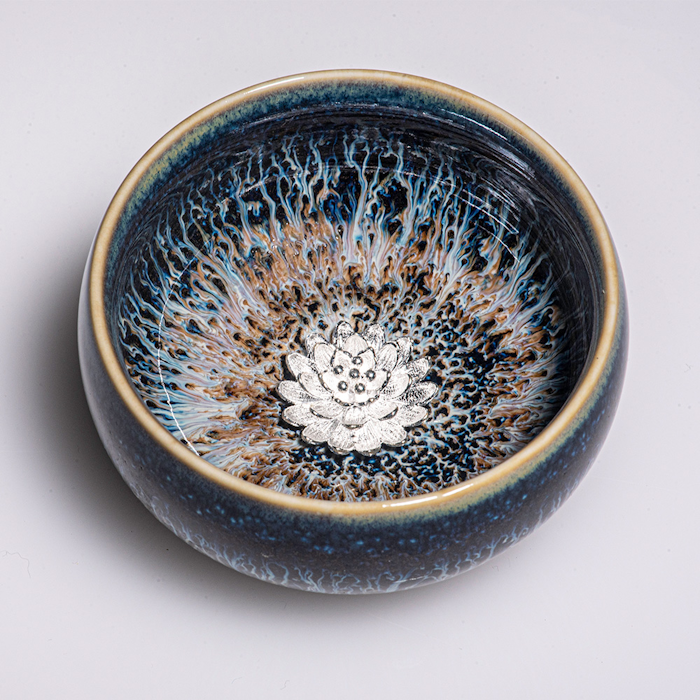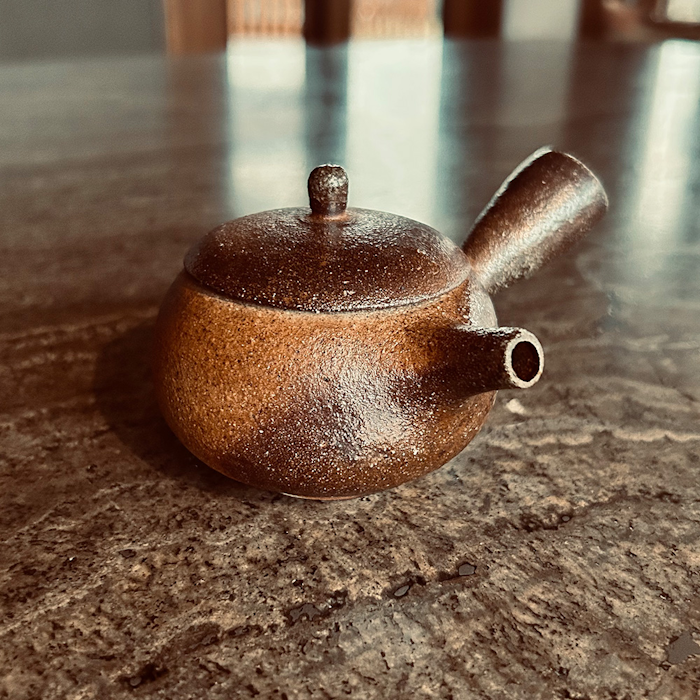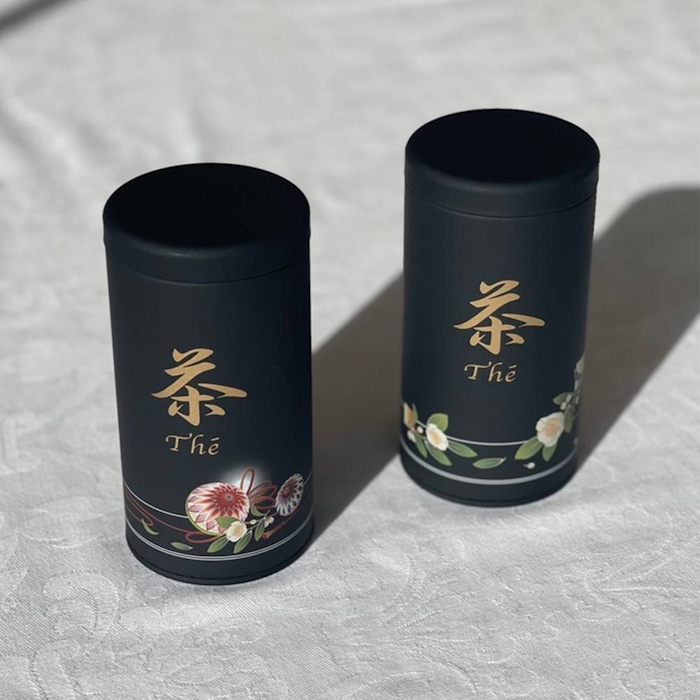The green tea Anji Bai Cha from China's famous Zhejiang region. Dwelling more on the name of this tea for a moment, we can see that within it is the particle bai meaning "white." This word is not meant to confuse us about the type of tea we are drinking but instead is meant to tell us about its origins.Anji Bai Cha green tea, in fact, has the distinction of coming from an albino cultivar, the Bai Ye Yin Hao. These types of camellia are more suitable for making white tea but, in the past, processing in the manner of green tea in Zhejiang impressed consumers so much that we still find Anji Bai Cha in production today.
The tea obtained from the raw materials of Bai Ye Yi Hao, harvested at the bleaching stage, has an unusual chemical composition. It contains less chlorophyll, which explains the color, but this, of course, does not affect the taste: chlorophyll is insoluble and does not contribute to the taste and aroma of the tea. Another important thing: Anji Bai Cha contains much less caffeine and other purine alkaloids than normal green teas; significantly less polyphenols-only 10-14%; significantly more amino acids (mainly theanine, as well as allothreonine, glycine, serine, tryptophan, citrulline, glutamine, alanine, valine, and proline)-up to 6-7% and in some cases up to 10%, which is many times higher than normal green teas. This makes Anji Bai Cha a refreshing, sweetish taste, with a pronounced mind and minimal astringency and bitterness.
In the cup, the liquor has a delicate, complex and very fresh flavor profile. The vegetal character combined with the smooth body of this tea give a feeling of freshness similar to that perceived in an early morning meadow, when it is still possible to see the dew on the grass and feel the moisture rising from the ground.
Tasting - Sight and Smell
Anji Bai Cha green tea has buds and whole leaves rolled lengthwise, with a very long, thin and crisp body. The dry aroma is already intense, with roasted notes and a sweet hint reminiscent of beeswax. The color is a bright meadow green mixed with a duller yellow-green. Once infused, the leaves release aromas of roasted nuts such as almonds and cashews, sweet vegetable notes (carrots and baby peas) and a very elegant floral note on the finish. The liquor is pale yellow to the eye, almost transparent, very bright and clear.
Tasting Notes
The opening of this Anji Bai Cha green tea is surprisingly salty and sweet together, with a decidedly high body for a green tea. There is then a sweet note of beeswax and delicate plant nuances reminiscent of fresh fava beans, asparagus tips, and steamed carrots. The finish is slightly floral. Proceeding with the infusions, a really noticeable umami and salty flavor emerge that overall hint at nuts such as pistachios and cashews. There is also a note of sweet boiled chestnut on the finish. The floral part stands out with successive infusions, in an increasingly assertive way, reminiscent in vibrancy and freshness of wild flowers. Bitterness and astringency completely absent, body dense and silky. Long, salty persistence, with harmonious vegetal notes lingering on the tongue.
Location of origin
Zhejiang, China.
Production
Anji Bai Cha green tea has a very classic processing process that involves, after an initial withering in the open air, cooking the leaves in large woks heated to temperatures around 180°C to block enzymatic activity and prevent oxidation of the leaves. After these steps, the leaves receive their final shape and are allowed to rest so that they still lose a little of the residual moisture inside.
Preparation
We strongly recommend infusing Anji Bai Cha green tea in the traditional Chinese method (gong fu cha) to best enjoy these leaves. Following this preparation, 5 grams of leaves (about 3 teaspoons) can be used in a gaiwan of about 150 ml to obtain multiple infusions with different tastes. With water heated to 75°C, you can proceed with an initial infusion of 25 seconds and, keeping the water at the same temperature, then proceed with multiple infusions increasing the time by 10 seconds each time (25 - 35 - 45 ...).
This tea has a longevity of about 5 infusions.
For a classic preparation according to the Western style we recommend 3 grams of leaves (about 1 ½ teaspoons) in a 200 ml cup with water at 75°C for an infusion time of 3 minutes.
The tea can be filtered for ease when tasting and also the infusion times given above here are meant to be purely indicative so you can also adjust according to your personal taste.
We recommend storing in a cool, dry place away from direct sunlight.











